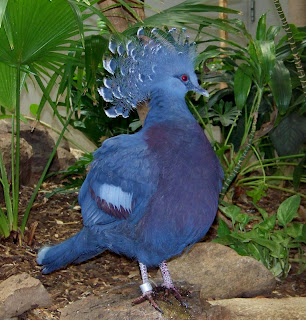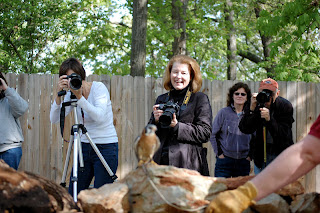The final day of our cruise found us at sea headed toward beautiful Victoria, British Columbia.
Entering the port of Victoria, British Columbia
We would only be docked in this port from 6 pm until midnight. This last port call would give those passengers who had not already taken a whale watching cruise the opportunity to do so. There were a total of seven land tours offered here, most of which offered the opportunity to see this beautiful city in the evening.
The beautiful Victoria skyline at night
Since we were headed back to Alaska to Kodiak Island after we docked in Seattle, my husband and I opted not to go ashore on this evening. We were faced with the daunting task of completely repacking everything (including the souvenirs we had picked up along the way) so that we could leave some items in storage in Seattle. We would be spending five days in the backcountry of Kodiak Island sitting on a riverbank bear viewing, so we would need a completely different type of clothing and gear than what we had packed for the cruise. Plus—since we were flying in by bush plane the luggage we could take was severely limited.
Butchart Gardens from the Wikipedia website
Those that went ashore in Victoria gave glowing reports about what a beautiful city it was. A good many went to Butchart Gardens, which apparently was magnificent in the evening. Others took this last opportunity to go whale watching and still others went sightseeing in the city by horse drawn trolley, or attended an Empress high tea, or took an Ale and Brewery tour.
Perhaps the next time we will get to see Victoria.
So, now that you’ve had a taste of what Alaska cruising holds, pack your bags, get your passports, put down your deposit, and come cruise with us this fall.
Details – Alaska Explorer Cruise 2012
• Escorted by Walt Crawford, Executive Director, World Bird Sanctuary
• Aboard Holland America MS Oosterdam
• Roundtrip itinerary – Seattle, Ketchikan, Juneau, Sitka, Tracy Arm/Sawyer Glacier, Victoria, BC, and return to Seattle
• Prices start at only $1,168 (inside cabin); $1488 (ocean view); $1,888 (verandah)
Price Includes:
• 7-day cruise accommodations
• Onboard meals & entertainment
• Special lectures by Walter Crawford
• Visit to the Raptor Center in Sitka
• Private cocktail party onboard
• $25.00 per person Shipboard Credit
• All taxes and government fees
* Also included is a $50 donation to World Bird Sanctuary
FOR RESERVATIONS OR FURTHER INFORMATION
Contact Cathy Robinson at ext. 114 (314) 439-5700 or (800) 527-1059
Submitted by Gay Schroer, World Bird Sanctuary Volunteer/Photographer














.jpg)


















































